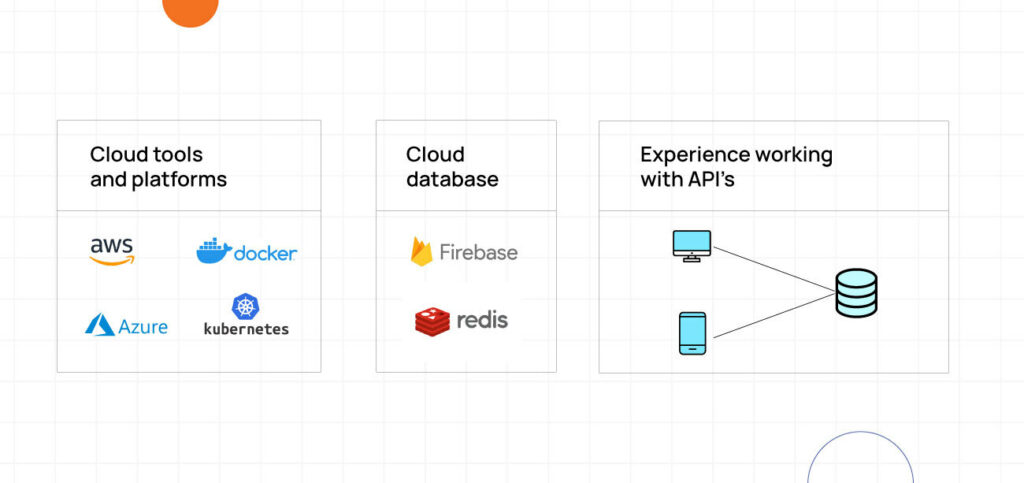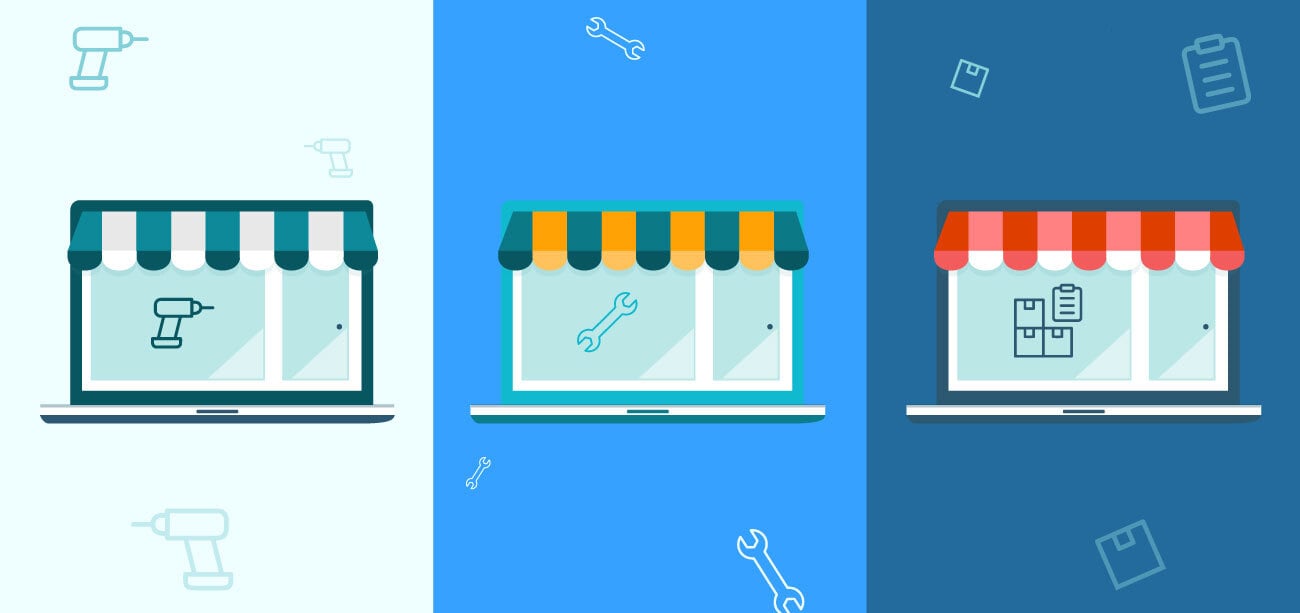In today’s rapidly growing digital landscape, e-commerce has become a fundamental part of the retail industry. Last year, people all over the world spent more than 26 trillion U.S. dollars on online shopping. And it’s predicted that by 2024, the amount we spend on shopping will go up to over 30 trillion U.S. dollars. With the increase in online shopping, businesses want to have a sustainable brand, and they seek eCommerce development services that can help them create, maintain, and optimize their online presence.
To be successful as an e-commerce developer, it’s important to have a diverse set of technical and interpersonal skills. In this blog, we’ll explore four key technical skills that every e-commerce developer needs to succeed in this field.
Whether you’re an aspiring e-commerce developer or looking to enhance your existing skills, keep reading to learn more about what it takes to thrive in the e-commerce industry.
1.) Understanding databases and query optimization
Understanding databases is critical for eCommerce developers because a website’s database structure has a direct impact on the website’s functionality and performance. A database serves as a data storage unit that helps in storing, retrieving, and processing requests, making it a crucial component of an eCommerce website. A poorly designed database can lead to slow website performance, increased downtime, and a poor user experience.
To ensure that a database is effective, it should possess the following qualities:
- Straightforward yet functional database structure: The database table structure should be straightforward and cover all necessary functionality while still maintaining a positive user experience.
- High performance: It’s important for a database to work faster so that customers can easily interact with a website and have a smooth shopping experience. To achieve this, it’s necessary to choose a database with good indexing and performance optimization options.
- High availability and scalability: A well-designed database should have high availability with automatic snapshots and should be able to scale to accommodate future platform growth and sudden traffic spikes.
By understanding databases and ensuring that these qualities are met, eCommerce developers can create a robust, high-performing eCommerce website that meets the needs of customers and drives business growth.
2.) Being up to date with technologies
In today’s fast-paced business landscape, it is essential to stay ahead of the curve. A basic eCommerce website may suffice initially, but as businesses grow, scalability and performance become increasingly critical. Upgrading technology becomes necessary to address performance issues that arise as business demands increase. For example, leveraging cloud databases like Firebase and Redis can help development teams to meet performance issues that may arise because of extra load on the server or using Kubernetes to automate the deployment, scaling, and management of ecommerce applications, making it easier to handle spikes in traffic and maintain uptime.
So, understanding cloud platforms such as AWS, Kubernetes, Jenkins, Git, and Docker is helpful in building powerful and scalable applications.

Moreover, developers need to keep themselves up to date with the latest industry trends and emerging technologies to provide innovative solutions that meet changing market demands. Knowledge of technologies like big data for personalization, AR for enhancing shopping experiences, and speech recognition technologies for voice search features can be a game-changer for developers. By continuously upskilling themselves, developers can create cutting-edge applications that exceed user expectations.
3.) Understanding the importance of user experience
The front end and backend of an eCommerce website are equally important. The ease of navigation and accessibility to the right products play a significant role in customer retention and directly impact the overall revenue of the business.
According to a study by Vistaprint, 42% of customers are unlikely to purchase from a poorly designed or unprofessional website, and 21% said they are “not likely at all”. As the number of consumer touchpoints grows, it is essential to understand how the front and backend of your ecommerce website function separately and together to create a seamless omnichannel experience.
eCommerce developers should have a solid understanding of the importance of a good user experience and accordingly incorporate it into their development. For example, the purchase process is a critical part of the e-commerce experience, with 69.8% of shoppers abandoning the process after putting items in their shopping cart. However, improving the checkout design can increase the conversion rate by 35% for an average large-sized e-commerce store. Also, the payment process should be short and require a few clicks to avoid cart abandonment. Site speed is also a crucial aspect for any website with a considerable difference in conversion rate between sites that load in 1 second and 5 seconds.
4.) Knowledge of server architecture
Server architecture in eCommerce refers to the technical infrastructure and system design that supports the functioning of an online store. This includes the physical servers, software applications, and networks that work together to enable eCommerce operations such as website hosting, order processing, inventory management, and customer data storage.
In general, there are three kinds of server architecture:
- SAAS architecture: It allows merchants to get their online store up and running in no time. They are a quick-fix solution for small eCommerce businesses or who are just starting out. All the technical needs are easily taken care of by the eCommerce SAAS provider. This approach offers scalability, flexibility, and cost savings as resources can be easily scaled up or down based on demand. It involves hosting the software and data in the cloud that can be accessed by various web browsers.
- Two-tier architecture: In this architecture, all the eCommerce operations are handled by a single server. This approach is suitable for small businesses with low traffic and minimal data storage needs.
- Microservices architecture: In this architecture, the eCommerce application is broken down into small, independent services that work together to perform specific functions. They communicate with each other using APIs, and this approach enables agility, scalability, and fault tolerance. It allows businesses to scale a particular section of the website independently without disturbing any other.
Knowledge of server architecture is essential for eCommerce developers to create high-performing, scalable eCommerce websites that can handle the demands of a growing customer base. By understanding the server architecture and optimizing its performance, developers can provide a seamless and enjoyable shopping experience for customers, leading to increased sales and business growth.
The success of an e-commerce business depends heavily on the skills of its developers. A developer who possesses a deep understanding of e-commerce platforms, web development, databases, and server architecture can create a high-performing, scalable, and secure online store that meets the needs of the modern digital marketplace. Additionally, staying current with industry trends and emerging technologies is crucial for developers to provide innovative solutions and stay ahead of the competition.





